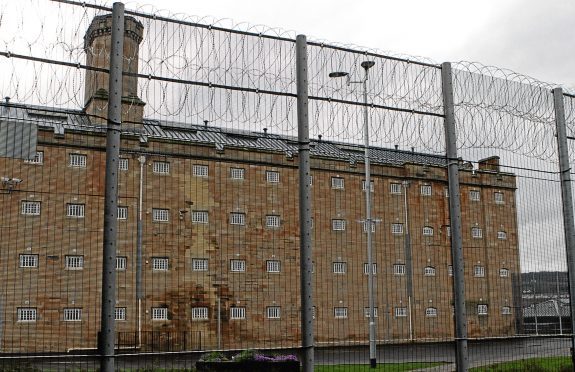There’s this guy who’s decided to retire to a jail. Bill Steeles, of Toronto, told reporters: “I was looking for something strange and unusual.” He wasn’t kidding.
His retirement home, which cost the equivalent of just under £100,000, is a 200-year-old jail in New Brunswick, and includes 15 cells and a yard with barbed wire atop its walls. It’s been closed for 20 years, but has a grim history, including a double hanging in 1936.
I was once in a cell at Perth Sheriff Court. It was not, I’m anxious to add, the result of conducting myself in a disorderly manner to the alarm of the lieges, but as a reporter, providing public oversight in an odd case.
Shoehorned in with me were the venerable presiding sheriff, a sheriff clerk, a court officer, a defence lawyer and a depute fiscal, while several police officers tried not to smirk too obviously through the open door.
We looked upon a prone accused, slumbering due to a medication error. The brief hearing to postpone criminal proceedings was a simple but legally necessary matter, we were taken to the cell at the sheriff’s request. The Sun reported it with the headline “Zzzzzzilence in court”.
The most interesting part was the building, dating from 1819, which once had a jail where people were hanged. You can park there now to go shopping.
I suspect many in Perth Sheriff Court have little interest in the heritage of the walls hemming them in. But we can learn from such places.
The Howard League For Penal Reform reports that Scotland’s prison population rose by a third between 1998 and 2013. It advocates for locking people up only as a last resort, and I agree. I’ve visited Perth Prison, too, and trust me: one glance in a jail cell will convince you it’s tough to rehabilitate anyone in such a miserable place.
Punishment is pointless unless there is a hope someone will change. Otherwise, it’s just storage.
